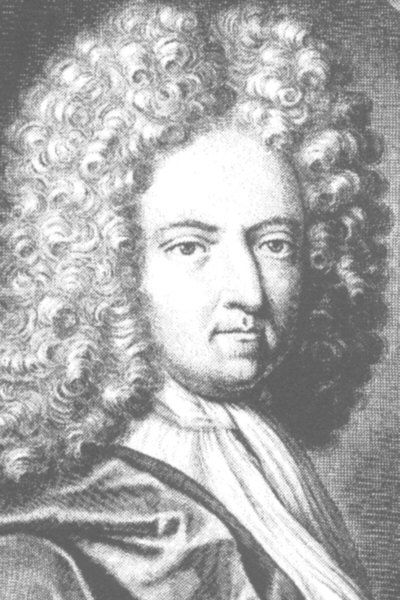Daniel Defoe Put in the Pillory
Following the publication of The Shortest Way with the Dissenters, Defoe was accused of seditious libel and put in the pillory on the last three days of July 1703.
 At the end of 1702 Daniel Defoe was in his early forties, a London dissenter born and bred, a married man with eight children, the owner of a brickworks in Tilbury and a government spin doctor, paid to write in praise of the administration’s policies – an activity that aroused the same contempt then as it does now. He also wrote tracts advocating greater toleration for dissenters and at this juncture he made a serious mistake. He wrote an anonymous pamphlet called The Shortest Way with the Dissenters .
At the end of 1702 Daniel Defoe was in his early forties, a London dissenter born and bred, a married man with eight children, the owner of a brickworks in Tilbury and a government spin doctor, paid to write in praise of the administration’s policies – an activity that aroused the same contempt then as it does now. He also wrote tracts advocating greater toleration for dissenters and at this juncture he made a serious mistake. He wrote an anonymous pamphlet called The Shortest Way with the Dissenters .
Written as if by a foaming High Anglican zealot of the most bigoted stamp, and drawing extensively on high church sermons, the pamphlet argued that the best way of dealing with the dissenters was to banish them abroad and send their preachers to the hangman. The Church of England, it said, is like Christ crucified between two thieves, Papists on one side and Nonconformist sectarians on the other. Very well, let us crucify the thieves. To go on tolerating them is like allowing a plague to continue without medical treatment. Defoe’s intention was to mock the High Anglican position by carrying it to extremes, but several eminent high churchmen, unwarily or perhaps with a sense of humour, gave it their endorsement.
The authorities were certainly not amused, nor were the dissenters. The identity of the person who took the text to the printer was quickly discovered, and from that the identity of the author, and a substantial reward was offered for his arrest. Defoe went into hiding and published A Brief Explanation of a Late Pamphlet to say that he had been misunderstood. In February the House of Commons had The Shortest Way burned by the common hangman. Betrayed for the reward, Defoe was caught in May in Spitalfields and confined in Newgate jail where he had comparatively comfortable lodgings at his own expense. He was released on bail in June and his trial for seditious libel began early the following month and was quickly over. Pleading guilty, as technically he was, and appealing for mercy on the ground that he had not meant to be taken seriously, he was sentenced to stand three times in the pillory, pay a stiff fine and remain in prison until he could provide sureties for his good behaviour for seven years.
The pillory was used to punish minor offenders including cheats, liars, rioters and homosexuals, by shaming them in public. They were liable to be pelted by the crowd with rotten eggs and fruit, dead cats and dogs, mud and every variety of filth, and in extreme cases with stones, saucepans and other missiles that caused serious injury. Some were killed or maimed for life. Defoe was put in the pillory on the last three days of July, for an hour each time in three of the busiest places in London – outside the Royal Exchange in Cornhill (near his own home), near the conduit in Cheapside and finally in Fleet Street by Temple Bar. It seems to have been raining steadily most of the time, which though uncomfortable would have kept the crowds down, and the experience proved more of a triumph than an ordeal. All that was thrown at him were flowers while his friends sold the spectators copies of The Shortest Way and A Hymn to the Pillory which he had composed for the occasion.
Defoe was sent back to Newgate. His brickworks went bankrupt, he could not pay his fine and he began to feel thoroughly depressed. The government, meanwhile, started to consider whether he might not have his uses. In November, Defoe’s fine was paid out of secret service funds and he was released from Newgate. He called it a miracle. Within a year he was gainfully employed to publish a regular newspaper which showed the ministry in a favourable light and to act as a government spy, and in 1706 he was sent to Scotland to gather political intelligence and further the projected union with England. He continued to turn out propaganda for successive ministries. It was not until much later that he turned to writing fiction openly and produced the work he is best remembered for, Robinson Crusoe in 1719.




